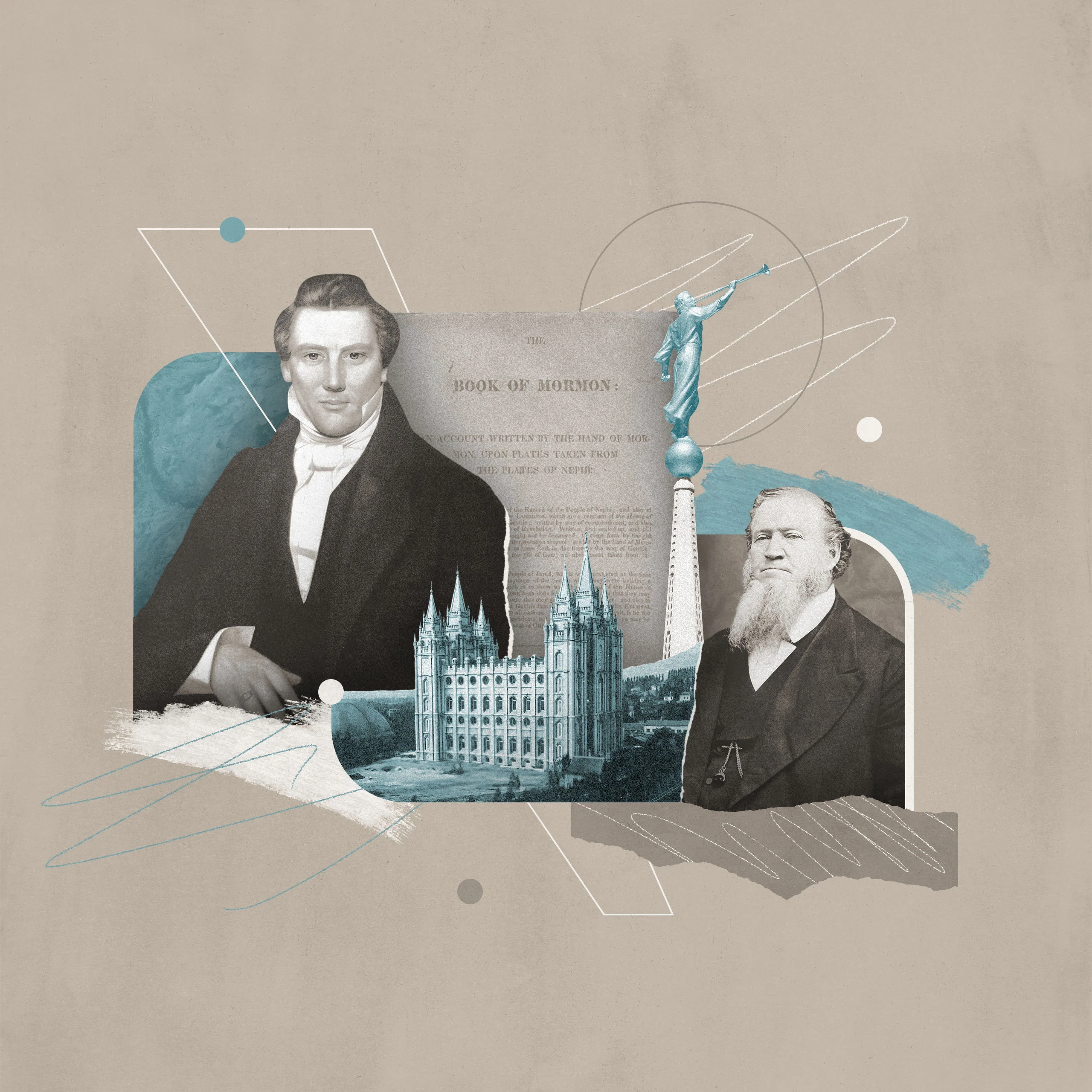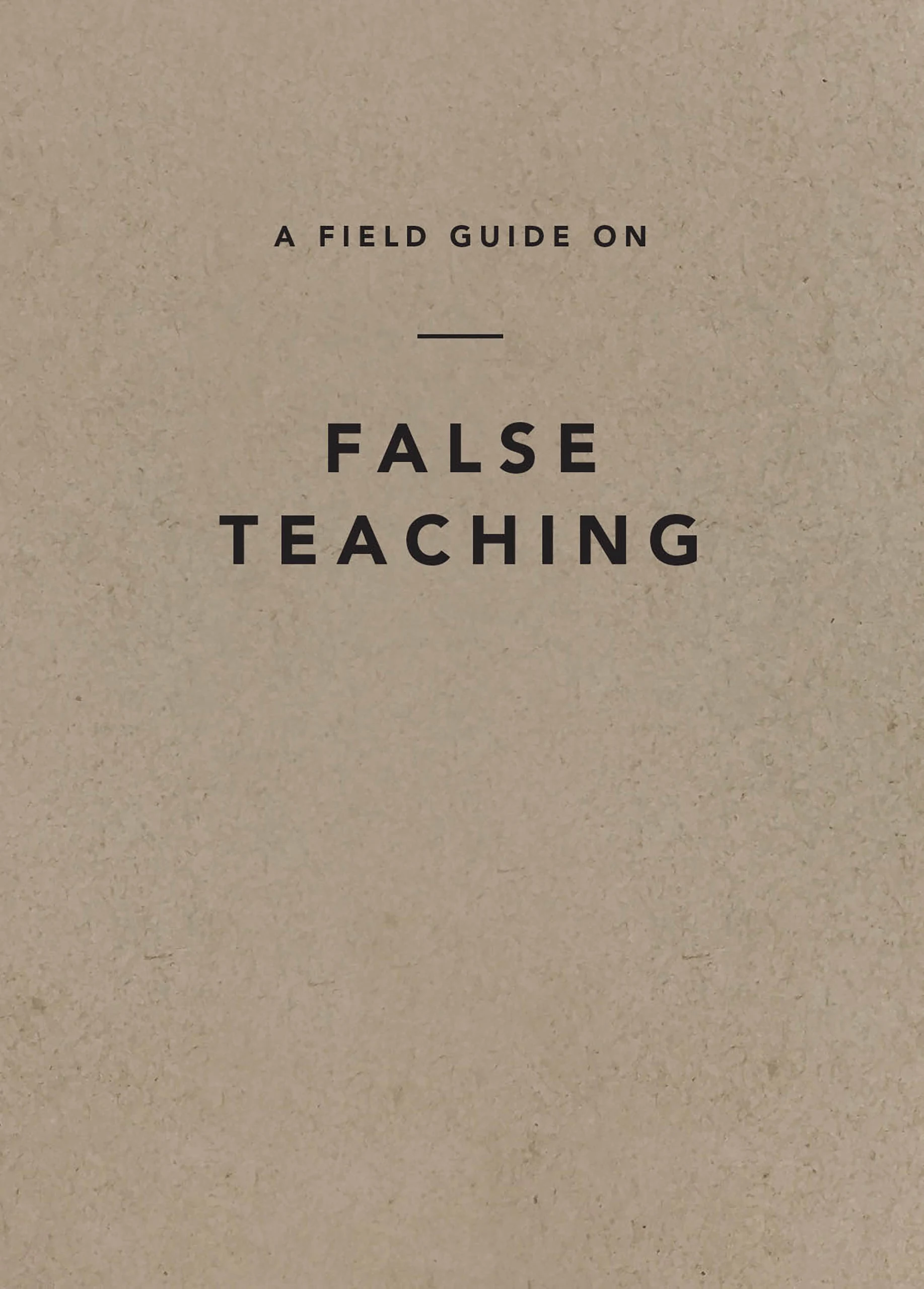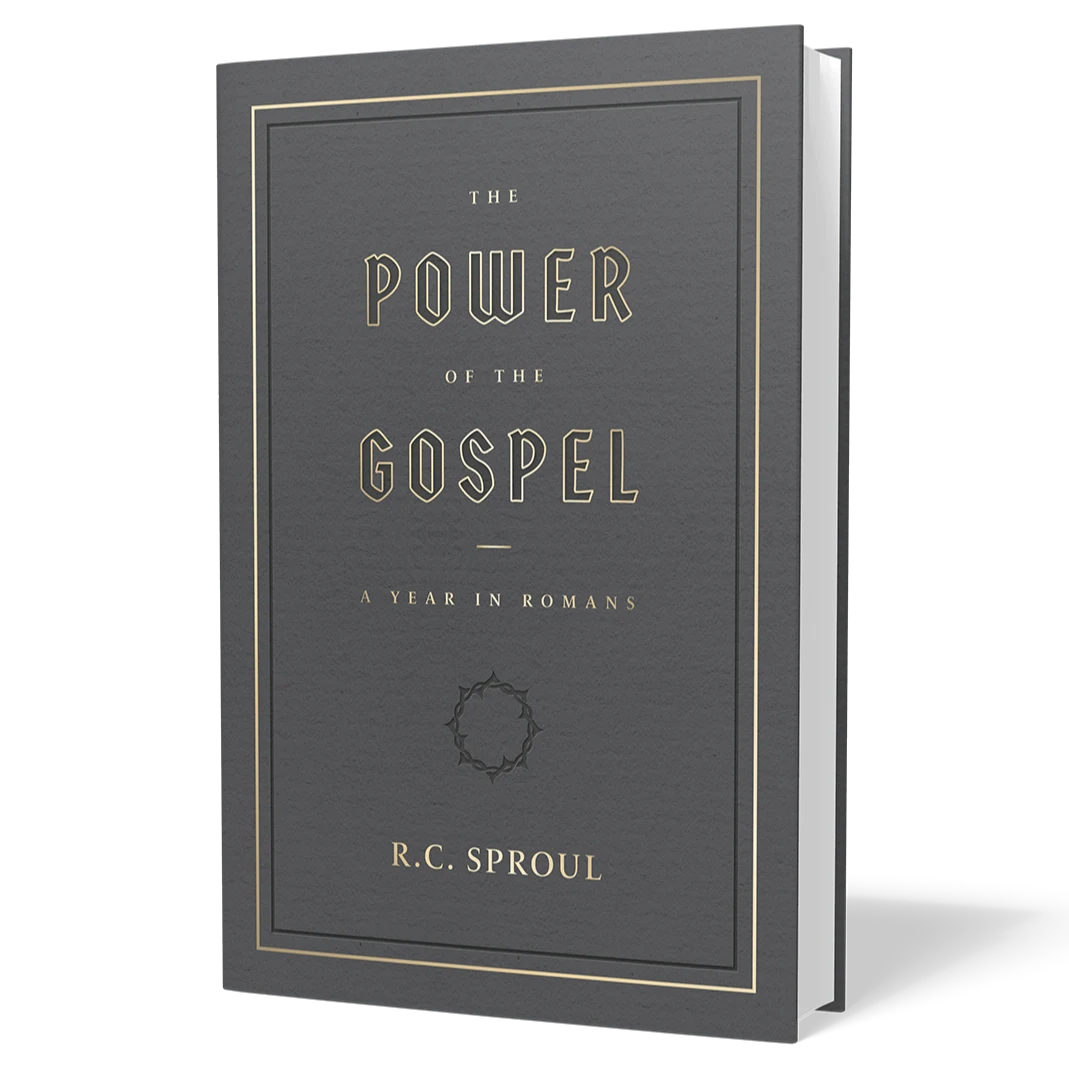What Is Mormonism?

What is Mormonism?
The Church of Jesus Christ of Latter-day Saints, also known as the LDS Church and as the Mormon church, is one of the largest religious cults in the world. As of 2019, the Mormon religion counts more than 16.3 million members.1 Mormonism teaches that there are many gods, with the Father, the Son, and the Holy Spirit being three separate gods among many others. Furthermore, it is also possible for humans to ascend to godhood. Obedience to moral laws and observance of religious rituals are central to the Mormon faith.
When did it begin?
The Mormon church was founded by Joseph Smith Jr. Born in Vermont in 1805, Smith attended Methodist and Presbyterian churches growing up. In 1820, Smith claimed to have a revelatory vision of two divine beings who he said were God the Father and Jesus Christ. They taught him that all Protestant denominations were wrong.2 In 1823, he said that an angel named Moroni showed him several golden plates with religious inscriptions on them. This angel supposedly also gave him a pair of seer stones set in a frame like a pair of spectacles, which he called the Urim and Thummim, with which he could interpret the inscriptions. In 1827, Smith began translating these plates, receiving assistance from his acquaintance Oliver Cowdery. Smith did not translate in a conventional sense by working from the text, but he would instead put his face in a hat and peer through the seer stones, and the English translation would appear before his eyes. Cowdery wrote down what Smith dictated, and the result of this collaborative process was the Book of Mormon.
In 1830, Smith founded an institution that he called the Church of Christ. In 1838, he changed the name to the Church of Jesus Christ of Latter-day Saints. In addition to the Book of Mormon, Smith wrote most of another book of Mormon scriptures called the Doctrine and Covenants and a final book of scriptures called the Pearl of Great Price. Smith moved around the country until officials arrested him in Illinois in 1844 for treason, public disruption, and polygamy. A lynch mob stormed the prison and killed Smith and his brother Hyrum. Brigham Young, a leader in the early Mormon community, succeeded Smith after a succession crisis and led Smith’s disciples to the Great Salt Lake basin in the Utah territory, where they founded Salt Lake City.
Who are the key figures?
Seventeen presidents have presided over the Church of Jesus Christ of Latter-day Saints since its inception. Next to Smith, Young—the second president of the church—is the most prominent figure in the church’s history.
There have been numerous influential Mormons in education, media, entertainment, sports, and politics. Among the most celebrated Mormon athletes are NFL quarterback Steve Young (a descendant of Brigham Young); heavyweight boxing champion Jack Dempsey; and NBA player, coach, and executive Danny Ainge. Former U.S. senators Harry Reid and Orrin Hatch are practicing Mormons. Senator Mitt Romney is one of the most recognized members of the LDS Church today. Prominent current and former Mormons in entertainment include Glenn Beck, Aaron Eckhart, Gladys Knight, and Donny and Marie Osmond.
What are the main beliefs?
Mormonism has four main beliefs:
-
Continuing revelation. The four written sources of revelation in the LDS Church are the Book of Mormon, the Doctrine and Covenants, the Pearl of Great Price, and the King James Version of the Bible. However, in Mormonism, divine revelation is not limited to these books but also includes the utterances of living prophets. The church has developed its doctrine and practice over time, even after the death of its founder. Its president is considered a living prophet, and individual members are encouraged to seek personal revelation. According to the church, “Latter-day Saints believe in an open scriptural canon, which means that there are other books of scripture besides the Bible (such as the Book of Mormon) and that God continues to reveal His word through living prophets.”3
-
Humanized deity. Belief in a plurality of gods, who preexisted as material spirits, is foundational to LDS belief. The God of this world was once a man who became a god. Smith said: “God himself was once as we are now and is an exalted man. . . . We have imagined and supposed that God was God from all eternity. I will refute that idea. . . . God himself, the Father of us all, dwelt on an earth, the same as Jesus Christ himself did.”4 As God ascended to godhood, so also righteous men and women can become gods. This idea was summarized by former church president Lorenzo Snow like this: “As man now is, God once was; as God now is, man may be.”5
Jesus is the eternally begotten Son of God; however, He is not the supreme God. Smith wrote, “The Apostles have discovered that there were Gods above . . . there being a God above, the Father of our Lord Jesus Christ.”6 According to Smith, Jesus was an eternal spirit being, who—together with his spirit brother Lucifer—was made incarnate to be tested and to become a god.
-
Preexistent humanity. Every human existed before birth as an eternal spirit child. Smith taught, “Man, as a spirit, was begotten and born of heavenly parents, and reared to maturity in the eternal mansions of the Father, prior to coming upon the earth in a temporal body.”7 Man should seek to become a god in the afterlife by living a righteous life.
-
Atonement and afterlife. Mormons believe that Jesus is the Redeemer who died on the cross not to atone for sin but to guarantee the resurrection of all people. After death, people’s souls go to the spirit world, where they await the resurrection and final judgment. There are three levels of glory to which people may be assigned after the final judgment depending on their acceptance of and obedience to Mormon teachings and ordinances: the telestial kingdom, the terrestrial kingdom, and the celestial kingdom. The outer darkness is reserved for those who do not attain to one of those levels of glory.
Mormonism teaches that there are many gods, with the Father, the Son, and the Holy Spirit being three separate gods among many others. Furthermore, it is also possible for humans to ascend to godhood.
Those who reject the Mormon gospel and continue in sin are sent to the telestial kingdom, the lowest of the levels of glory. The spirit inhabitants of the telestial kingdom serve God but cannot come into His presence. When Christ establishes His thousand-year reign on earth, the members of the telestial kingdom will live as imprisoned spirits until the end of that period. Next is the terrestrial kingdom, the destination of those who live good lives but who do not accept the Mormon gospel. Those who enter the terrestrial kingdom experience the presence of Jesus, but not the fullness of God the Father. Only the righteous—those who have lived according to Mormon teachings and have undergone Mormon ordinances—go to the celestial kingdom, where they can become gods who populate their own planets with their spouses. It is possible to move up in levels of glory even after death if one believes the Mormon gospel in the spirit world and vicariously receives Mormon ordinances. Apart from these levels of glory, there is a place called the outer darkness; it is the destination of Satan and his angels, along with humans who have committed the unpardonable sin (often thought to be apostasy from Mormonism).
Why do people believe this form of false teaching?
Smith’s followers considered him a martyr. In the eighteenth century, persecution of sects and cults in America gave traction to the end-time hope of Mormon disciples. Today, Mormonism’s growth is due to the church’s proselytization. All Mormon men are trained and sent on a two-year mission. Mormonism promotes large families and presents a portrait of wholesome family values often lacking in our society. The moralism of the Mormon religion is one of its most appealing features to the unregenerate.
How does it hold up against biblical Christianity?
In contrast to the four main beliefs of Mormonism, Scripture teaches the following:
-
The Old and New Testaments alone are the inspired and infallible revelation of God written (2 Tim. 3:16; 2 Peter 1:20–21). God has given grave warnings about adding to or subtracting from His Word (Rev. 22:18–19). The Bible teaches that many false prophets will propagate destructive heresies (Matt. 7:15; 24:11, 24; 2 Peter 2:1; 1 John 4:1). The Apostle Paul charged believers to be diligent in preserving the truth of the gospel against false gospels proclaimed by men or angels (Gal. 1:8).
-
The God of Scripture is the true and living God (Deut. 6:4; 29:18; Ps. 96:5; 1 Thess. 1:9). God was, is, and forever will be the eternally unchangeable God (Ex. 3:14; Mal. 3:6; John 8:58). God is spirit and eternally exists in three persons (Matt. 28:19; John 4:24; 2 Cor. 13:14). Jesus is the second person of the Godhead and is God incarnate (John 1:14). The Son is equal to the Father and the Spirit in all things (John 1:1; 10:30; Rom. 9:5; Phil. 2:6; Heb. 1:3).
-
God made us in His own image, in knowledge, righteousness, and holiness (Gen. 1:26; Eph. 4:24; Col. 3:10). Man did not exist before creation. Scripture nowhere teaches that people become gods.
-
Jesus died in the place of His people on the cross in order to atone for their sins (1 Cor. 15:3; 2 Cor. 5:21; 1 Peter 2:24) and propitiate the wrath of God (Rom. 5:9; 8:1; 1 Thess. 1:10; 1 John 2:2). Jesus died to save His people from their sins and from eternal wrath (Matt. 1:21). On the last day, all who believe in Christ will be raised to eternal life (Mark 10:30; John 3:15–16, 36; 5:24), and all who did not believe will be raised to everlasting punishment in hell (Matt. 18:8; 25:46; Mark 9:44; 2 Thess. 1:9; Jude 6–7).
How can I share the gospel with those who hold to this false teaching?
-
Focus on the infallibility, inerrancy, and authority of Scripture. The Scriptures of the Old and New Testament are the only infallible, inerrant, and authoritative Word of God (Prov. 30:5; John 17:17; 2 Tim. 3:16; 2 Peter 1:20–21). If possible, work from the King James Version of Scripture when witnessing to Mormons. Because Mormons use the KJV, using it in encounters with Mormons will make witnessing to them much easier than trying to do so with a modern English version. Focus on the Bible’s closing prohibition against continuing revelation (Rev. 22:18–19).
-
Focus on the scriptural truth about the triune God. The Bible’s teaching about the Godhead is essential to helping a Mormon see the truth (Matt. 28:19; 2 Cor. 13:14). Explain that the Bible sometimes speaks of the triune God as He is in Himself and sometimes of the various roles of the members of the Godhead in the work of redemption. Explain those passages that speak of the deity of Christ (John 1:1–3; Rom. 9:5; Col. 1:15–16; Heb. 1:1–3, 8–12), as well as those passages that speak of His submissive role as the Mediator in the work of redemption (John 10:29; 1 Cor. 11:3; 1 Tim. 2:5–6).
-
Focus on the Bible’s teaching about the gospel. Salvation is by grace alone through faith alone in Christ alone (Gal. 1:8; Eph. 2:8–9). Jesus is God “manifested in the flesh” (1 Tim. 3:16; see John 1:14). A mere created being could never substitute himself for the sins of another, let alone for the sins of a multitude. Only Jesus, the infinite and eternal God incarnate, could come and place Himself on the cross as a substitute for the sins of His people. He did not merely make salvation possible by guaranteeing our resurrection; He actually accomplished it for His people through His once-for-all, perfect sacrifice. Salvation is not based on our obedience; it is based entirely on the finished work of Christ.
-
“Facts and Statistics,” The Church of Jesus Christ of Latter-day Saints, accessed February 20, 2020, https://newsroom.churchofjesuschrist.org/facts-and-statistics. ↩
-
Most of this historical survey can be found in Joseph Smith— History from the Pearl of Great Price, accessed September 20, 2019, https://www.churchofjesuschrist.org/study/scriptures/pgp/js-h/1?lang=eng. ↩
-
“Bible, Inerrancy of,” The Church of Jesus Christ of Latter-day Saints, accessed September 20, 2019, https://www.churchofjesuschrist.org/study/manual/gospel-topics/bible-inerrancy-of?lang=eng. ↩
-
Joseph Smith Jr., “The King Follett Sermon,” The Church of Jesus Christ of Latter-day Saints, accessed April 20, 2020, https://www.churchofjesuschrist.org/study/ensign/1971/04 /the-king-follett-sermon?lang=eng. ↩
-
Eliza R. Snow, Biography and Family Record of Lorenzo Snow (Salt Lake City: Deseret News, 1884), 46–47. ↩
-
“Joseph Smith’s Sermon on Plurality of Gods,” Utah Lighthouse Ministry, accessed September 20, 2019, http://www.utlm.org/onlineresources/sermons_talks_interviews/smithpluralityofgodssermon.htm. ↩
-
Teachings of Presidents of the Church: Joseph F. Smith (Salt Lake City: The Church of Jesus Christ of Latter-day Saints, 1998), 335. ↩



